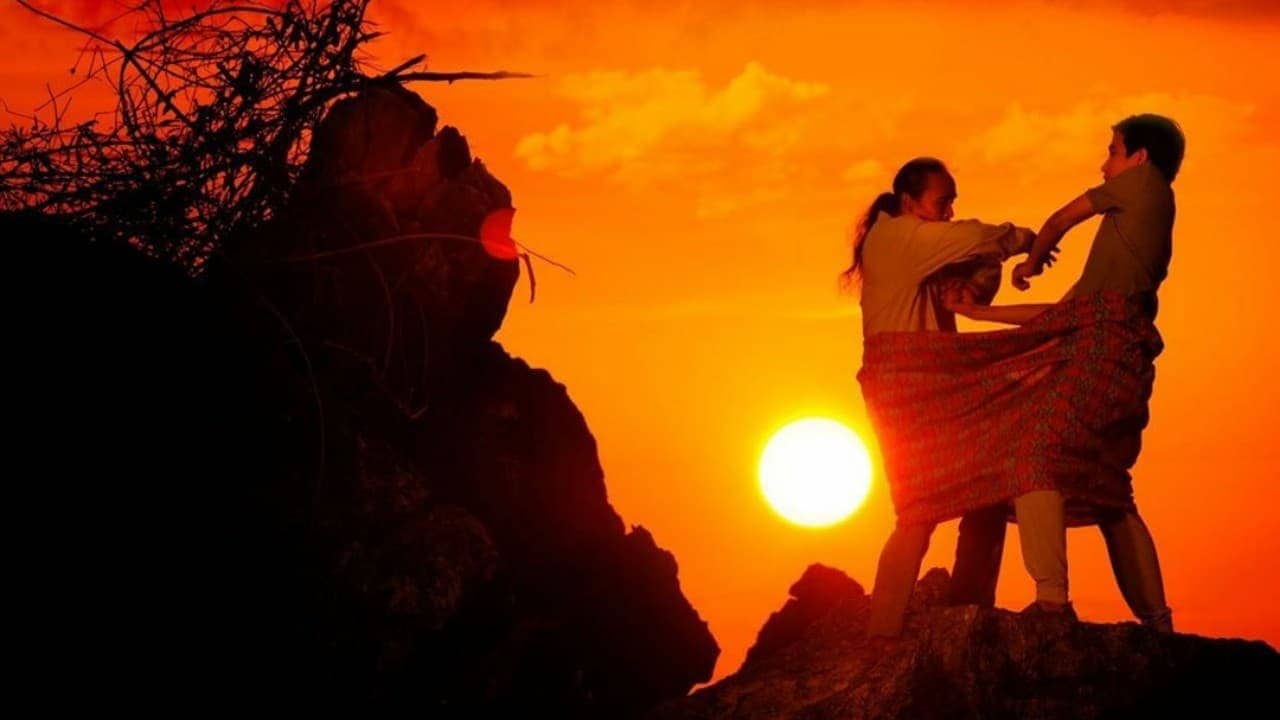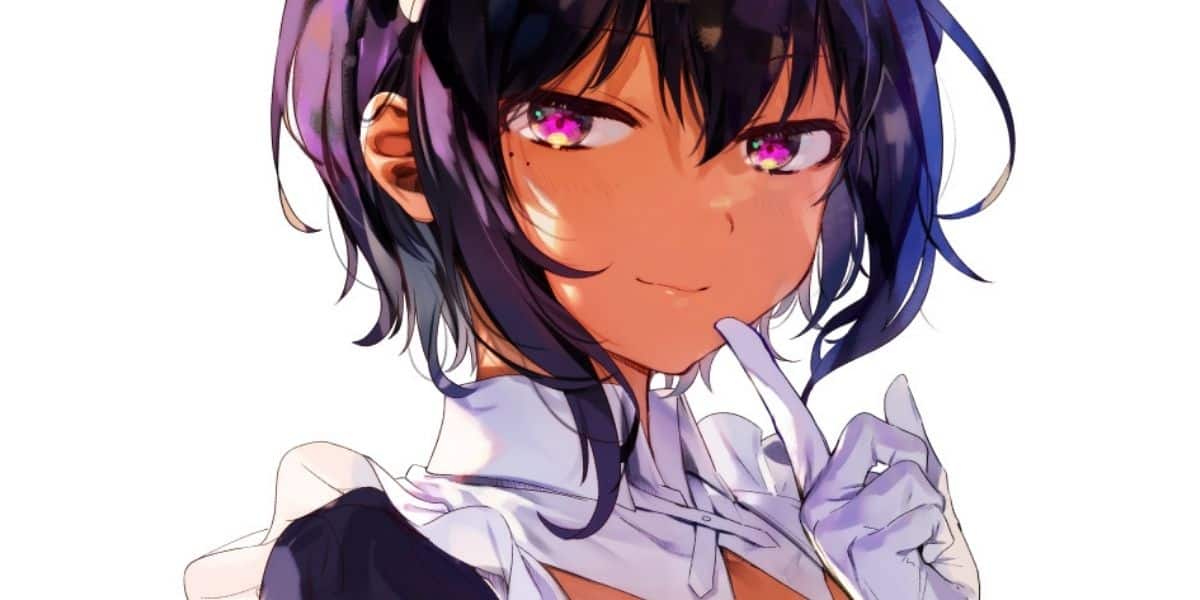Straying somewhat from the norms or recent Iranian productions, Ahmad Bahrami presents a rather interesting mix of documentary-like and dystopian movie, which won the Orizzonti Award Best Film in Venice and the Wild Dreamer as Subversive Film Festival
“The Wasteland” screened at Subversive Film Festival
The story takes place in a remote brick manufacture factory that produces bricks in the traditional way, with the workers being mostly families of different ethnicities. Ebrahim, an Azeri, wants to marry Gohar, an Iranian, in spite of her father Mashebad's plans for her. Mashebad wants to take his family back to their hometown and marry Gohar off to an Iranian. There is Shahu, a Kurd, who draws the ire of Ebrahim by working around the factory's women with just his tank top on. Shahu's dad is on death row, and his family needs money to pay off the accusers. There is Sarvar, a single mother who carries a secret. And then there is Lotfollah, the supervisor, a 40-years-old man who was born at the factory and never left. He is in love with Sarvar, and when the workers are told that the factory is being shut down, he will try everything to keep Sarvar out of harm's way.
The film is split in two parts, with the first one revolving around the speech the boss gives to the workers, in a rather intriguing trope by Bahrami, who repeats the beginning of the speech a number of times, each one focusing on one specific group, whose back-story is then presented on screen. The motif-tactic extends to these segments, all of which follow a similar pattern. Lotfollah tells them the boss wants to talk to them, followed by a conversation in the boss's office where they present their problems, while he promises to take care of them somewhat vaguely, and then, before leaving, they mention someone else from the factory mostly for negative reasons, and most of all Lotfollah and how he favors Sarvar. Then the scene changes to Sarvar working.
This style of repetition actually emerges as one of the most interesting aspects of the narrative, as Bahrami uses the common ground (literally and metaphorically) of the many different characters in order to present a number of social and philosophical comments. Racism and prejudice, mostly deriving from different cultures and religions and the way they perceive alcohol consumption, extra-marital affairs and other similar topics is the most evident one, and the one that eventually leads to violence. Tradition and the way it has given its stead to the modern is repeatedly mentioned in conjunction with the fate of the failing factory, in a rather impactful critique that shows how whole ways of life are disappearing in the face of speed and logistics. The way the boss essentially micromanages everyone seems to be a comment on the whole concept of business ownership and its relation with the workers, with him emerging, and essentially being shot as a kind of “Godfather”, with Farrokh Nemati giving a great performance in the role.
The impact of all the aforementioned concepts is synopsized in Lotfollah, who emerges as the most tragic figure of all, with his downward spiral, which is actually instigated by love and his sense of loyalty, taking over the second part of the film, after the boss finishes his announcement. The tragedy that surrounds him, and the ways he always manages to be calm, but also, after a point, quite decisive, emerges as another great asset of the movie, with Bahrami showing particular affection for his character, and Ali Bagheri giving an impressive performance in the part.
On the other hand, Sarvar is surrounded by a mystery that turns her into a kind of femme fatale, even without her knowledge essentially, with Mahdie Nassaj having both the looks and the acting prowess to fulfill the particular role.
DP Masud Amini Tirani uses monochrome film and Academy ratio to give the film a dystopian look that fits narrative so much, with the wind and the dust it causes emerging as both the visual and the audio background of the narrative. The framing and the use of extensive dolly shots also work quite well, although at times, the film could do with a bit less of lingering in specific scenes, and accordingly, a few more economical decisions in Sara Yavari's editing, whose work, though, is otherwise excellent.
Lastly, both the contextual and the cinematic prowess come together in the rather impactful finale that cements (pun intended) its prowess in the most concrete fashion.
“The Wasteland” has some moments that could be described as “too art-house” but Ahmad Bahrami's cinematic eloquence is quite visible throughout the movie, by an artist who is bound to have an impact in the future.
















